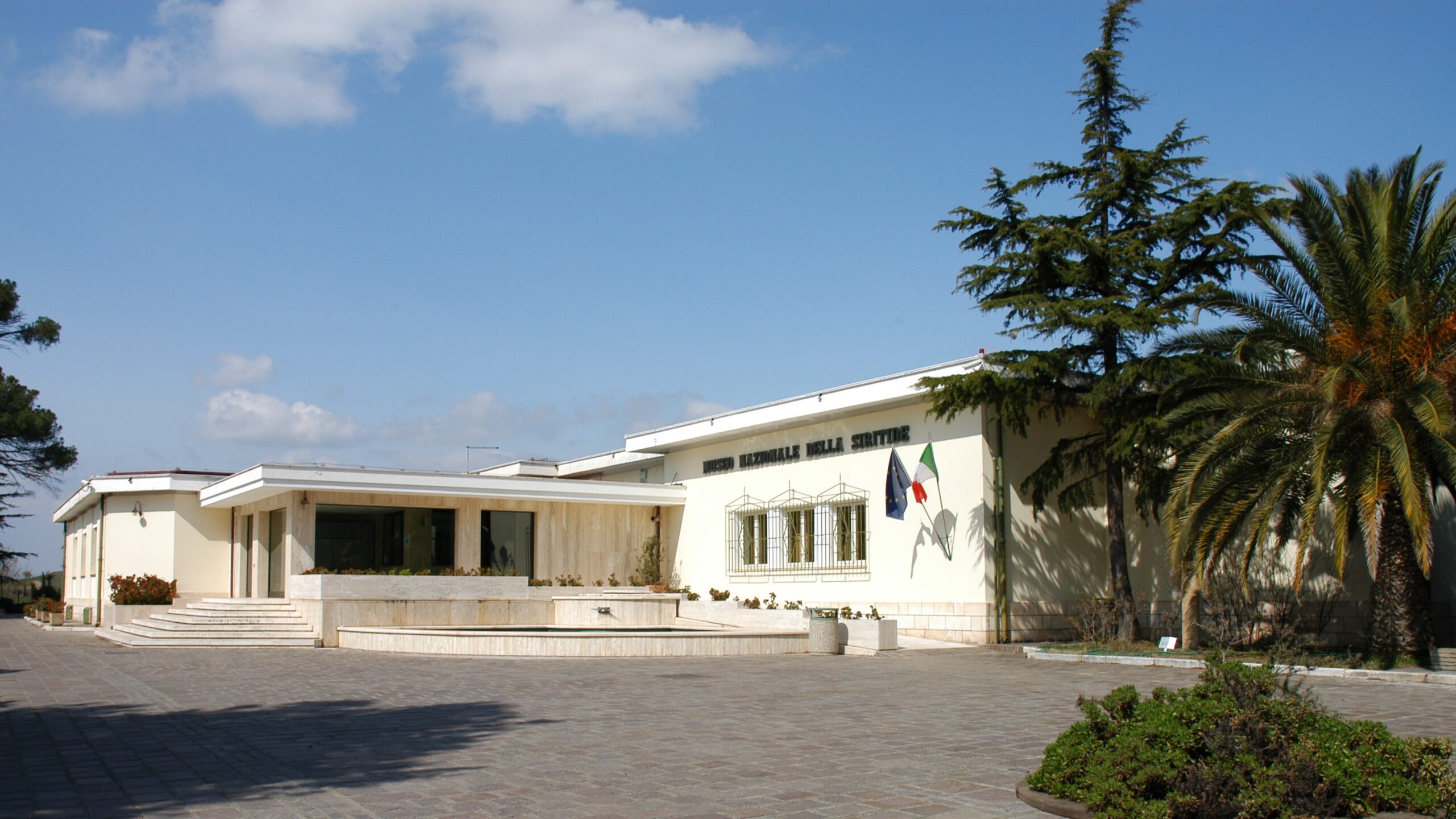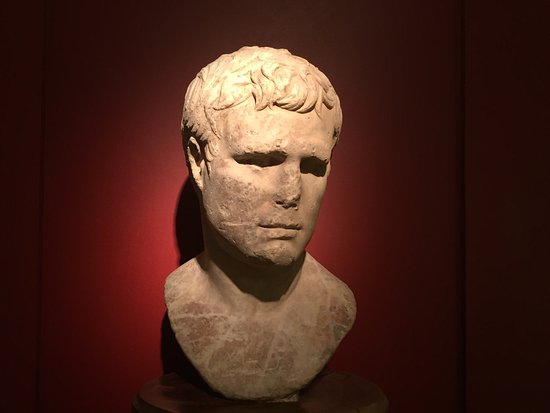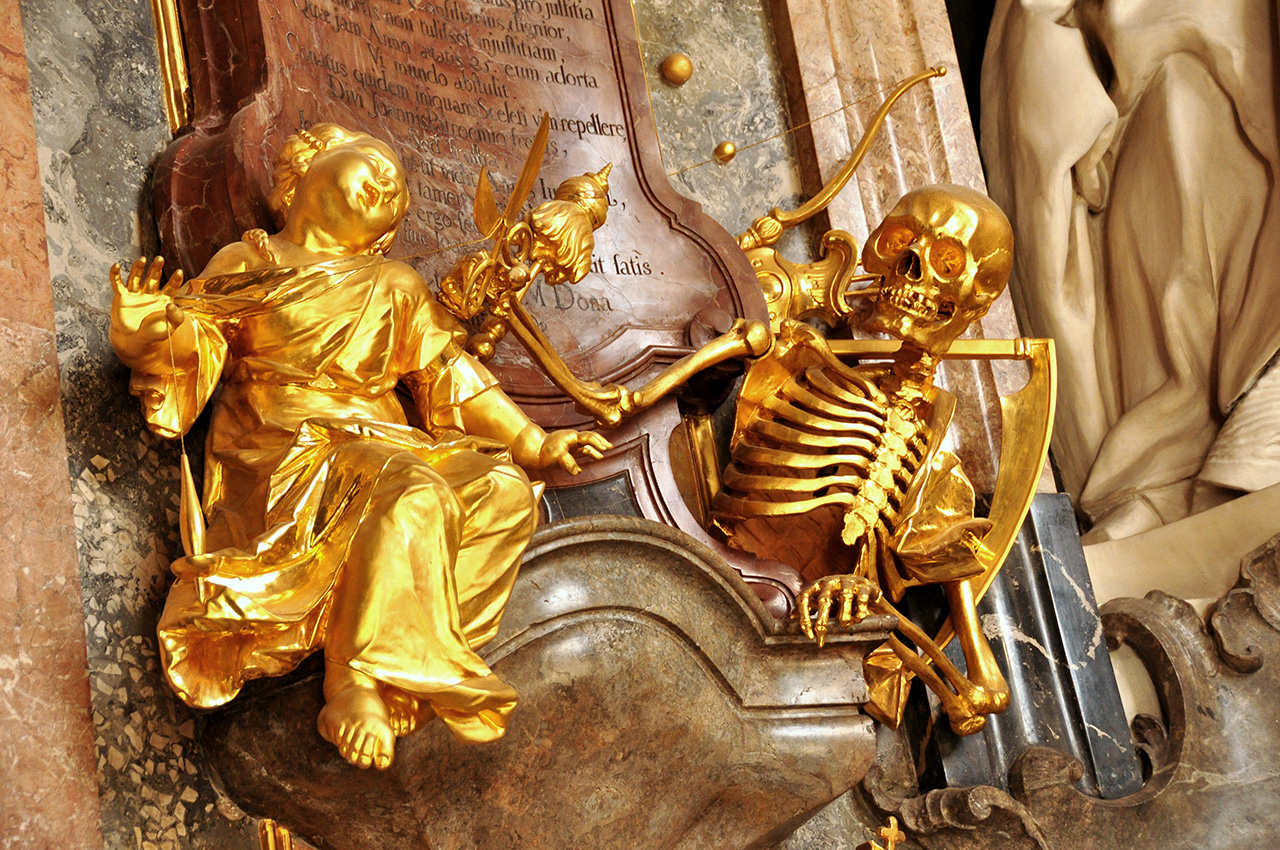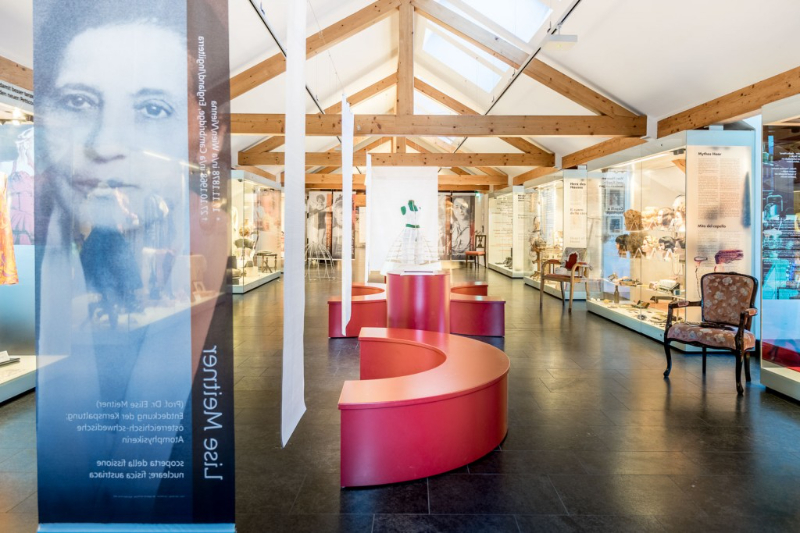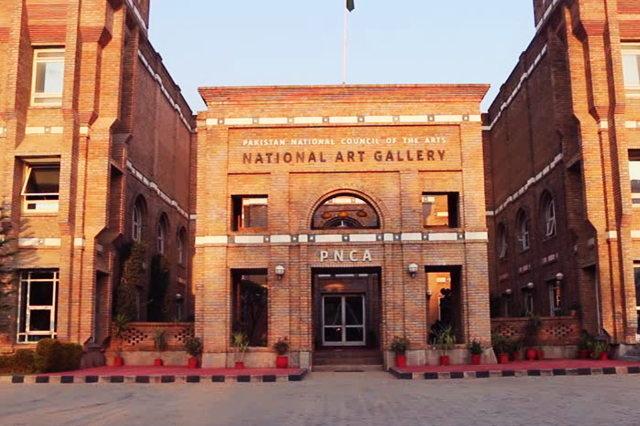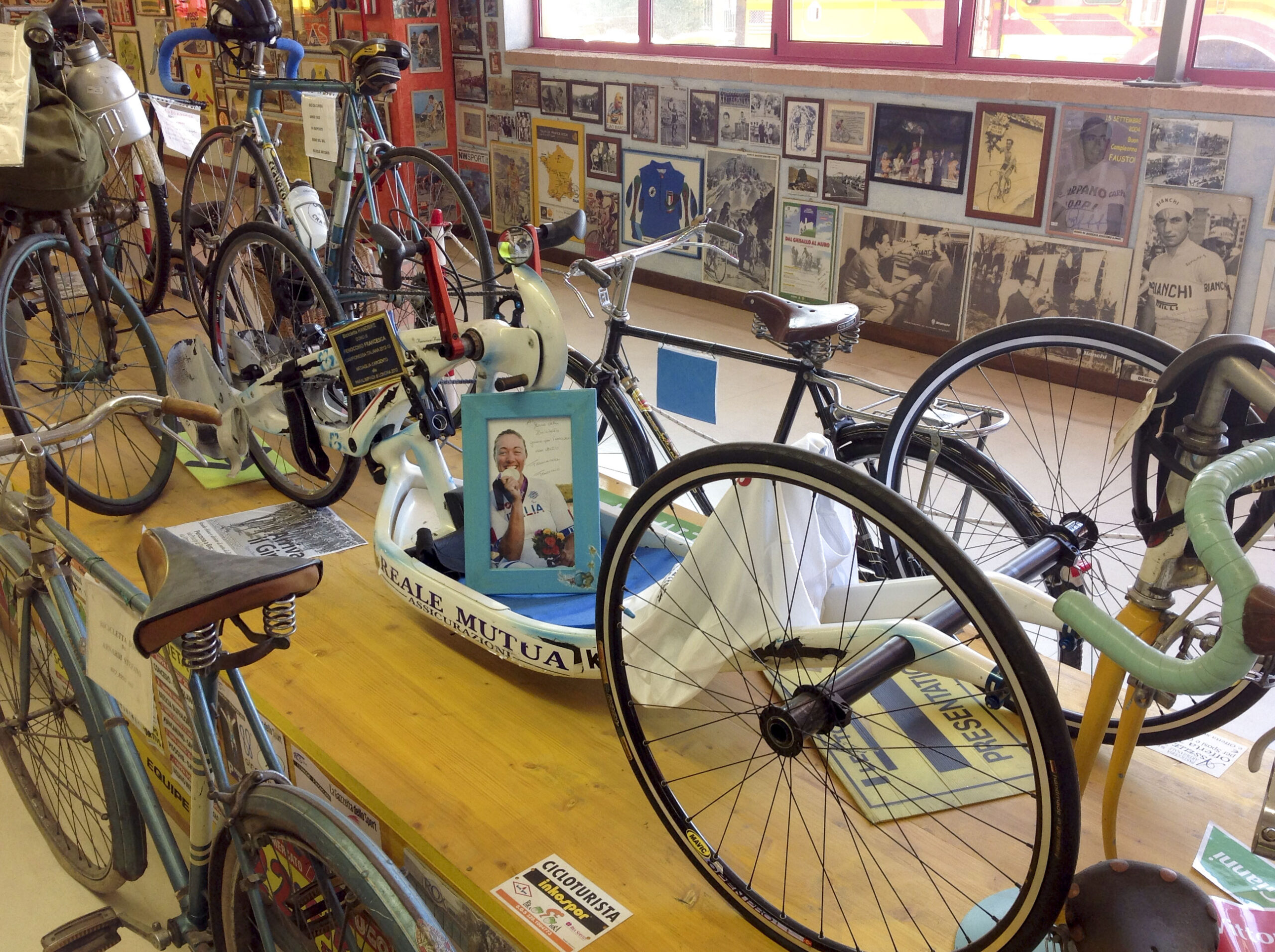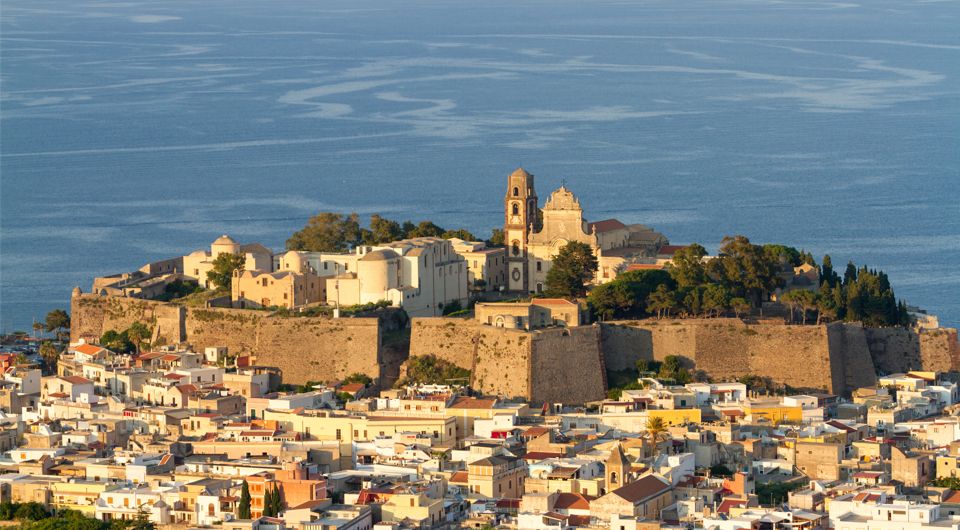The National Museum of the Siritide of Policoro is located near the ancient Siris-Herakleia. It is dedicated to the Greek colonies of Siris (7th-6th century B.C.) and Herakleia (5th century B.C.-I/II century A.D.) and to the Italic world of the Agri and Sinni valleys. Through an exhibition based on chronological and topographical criteria, it documents the different aspects of the two successive Greek colonies, such as civil, economic and religious life and crafts. The archaeological finds come from both settlements and necropolis, such as the so-called " Tomb of Policoro".
Metaponto, an ancient Greek colony, houses a large open-air museum. The Archaeological Park and the Tavole Palatine are the main attractions.
In the year 280 B.C. between the troops of the Roman Republic, led by Consul Publius Valerius Levinus and those of the Greek coalition that united Epirus, Taranto, Thurii, Metapontum and Heraclea, under the command of King Pyrrhus of Epirus, the battle of Heraclea (or Heraclea) took place.
The theatre of the clash was the territory dominated by the city of Heraclea, near today’s Policoro.
Pyrrhus camped in the plain between Pandosia and Heraclea, in front of the river Siris (today’s Sinni).
Pyrrhus rushed to defend Taranto with 25,500 men and 20 war elephants and it was precisely the pachyderms, animals unknown to the Romans, that were decisive for the victory. The battle was the first clash between the Hellenistic and Roman worlds.
From a political point of view, the Greek-Epiroth victory proved to be immediately profitable for the coalition, because after this clash many polis of Magna Graecia asked the Epirus king for protection; this event, however, was not decisive from a military point of view, because many cities in Campania and Latin America remained loyal to the Roman Republic.
The tablets of Heraclea, currently kept in the National Archaeological Museum of Naples, also date back to this period.
